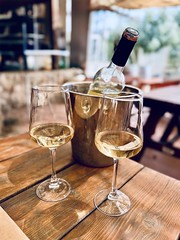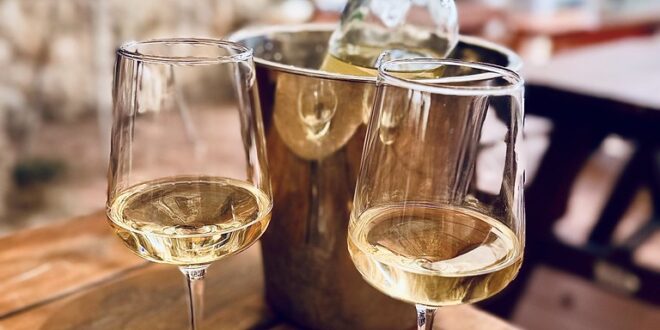[ad_1]
Michael-Journey has added a photo to the pool:

Captured during a lazy afternoon at a countryside winery — just perfect.
[ad_2]Source : https://www.flickr.com/photos/michael-journey/54425229302/in/pool-52609756@N00

[ad_1]
Michael-Journey has added a photo to the pool:

Captured during a lazy afternoon at a countryside winery — just perfect.
[ad_2]